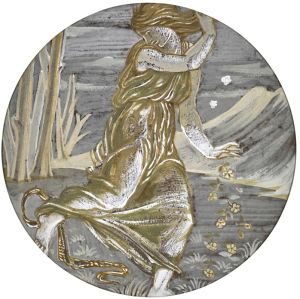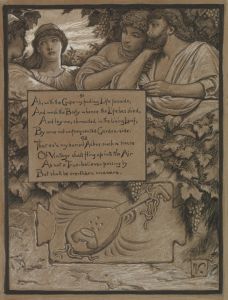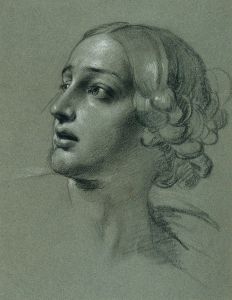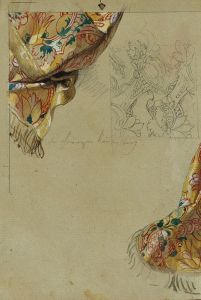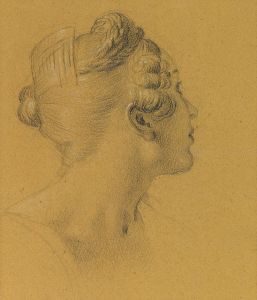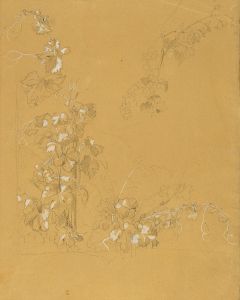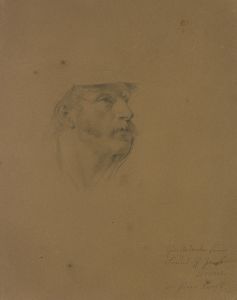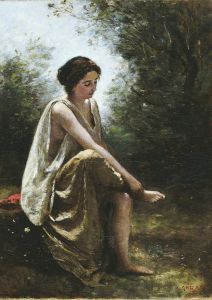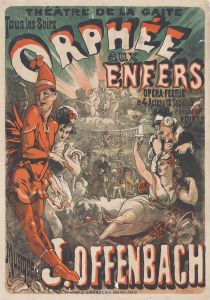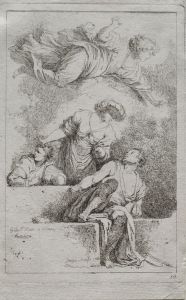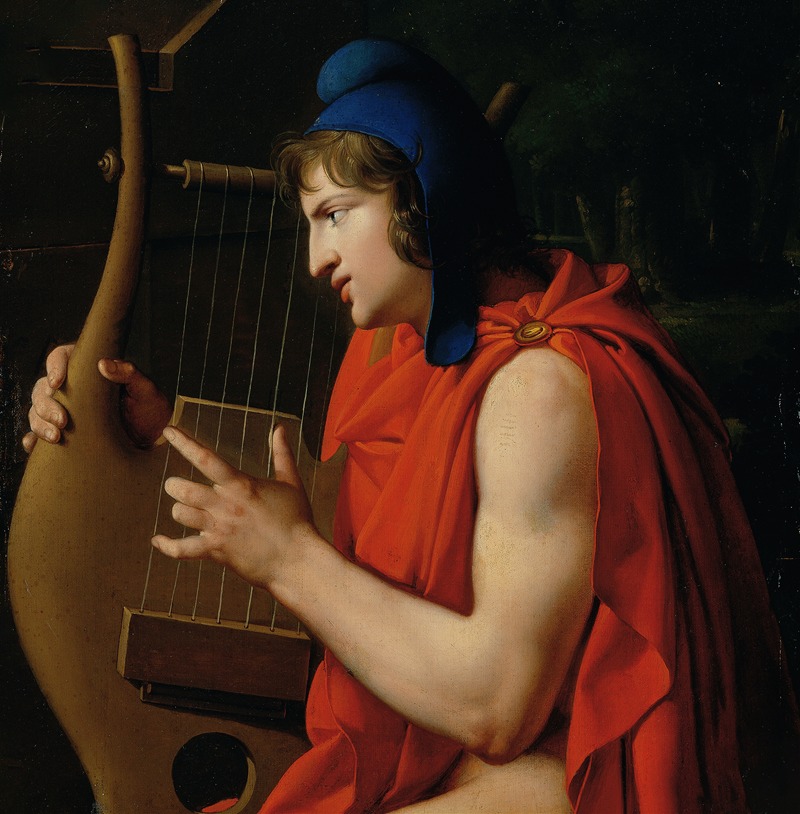
Orpheus at the tomb of Eurydice
A hand-painted replica of Johann Peter Krafft’s masterpiece Orpheus at the tomb of Eurydice, meticulously crafted by professional artists to capture the true essence of the original. Each piece is created with museum-quality canvas and rare mineral pigments, carefully painted by experienced artists with delicate brushstrokes and rich, layered colors to perfectly recreate the texture of the original artwork. Unlike machine-printed reproductions, this hand-painted version brings the painting to life, infused with the artist’s emotions and skill in every stroke. Whether for personal collection or home decoration, it instantly elevates the artistic atmosphere of any space.
Johann Peter Krafft's painting "Orpheus at the Tomb of Eurydice" is a notable work that captures a poignant moment from the mythological tale of Orpheus and Eurydice, figures from ancient Greek mythology. Krafft, an Austrian painter born in 1780, was known for his historical and genre paintings, and he often drew inspiration from classical themes, which were popular during his time.
The painting depicts Orpheus, the legendary musician, poet, and prophet in ancient Greek religion and myth, mourning at the tomb of his beloved wife, Eurydice. According to the myth, Eurydice died shortly after their wedding, bitten by a snake. Overcome with grief, Orpheus journeyed to the Underworld to bring her back to life. His music was so moving that it softened the hearts of Hades and Persephone, the rulers of the Underworld, who agreed to allow Eurydice to return with him to the living world on one condition: Orpheus must not look back at her until they both had reached the upper world. Tragically, Orpheus, in his anxiety, looked back too soon, and Eurydice vanished forever.
Krafft's painting captures the moment of Orpheus's despair and mourning after losing Eurydice for the second time. The composition is characterized by its emotional depth and classical style, reflecting the influence of the Neoclassical movement, which emphasized clarity, order, and balance, drawing inspiration from the art and culture of ancient Greece and Rome.
In "Orpheus at the Tomb of Eurydice," Krafft employs a somber color palette to convey the mood of mourning and loss. Orpheus is typically depicted with his lyre, an instrument associated with his legendary musical abilities, which symbolizes his identity and the power of art and music. The setting is often serene yet melancholic, with the tomb of Eurydice serving as a central element in the composition, emphasizing the theme of love and loss.
Krafft's work is notable for its attention to detail and the emotional expression of the figures. The painting reflects the Romantic era's fascination with themes of love, death, and the supernatural, as well as the enduring power of mythological stories to convey universal human experiences.
Johann Peter Krafft was a prominent figure in the Viennese art scene in the early 19th century. He studied at the Academy of Fine Arts in Vienna and later in Paris, where he was influenced by the works of Jacques-Louis David, a leading figure of the Neoclassical movement. Krafft's works often depicted historical and literary subjects, and he became known for his ability to convey narrative and emotion through his art.
"Orpheus at the Tomb of Eurydice" is an example of Krafft's skill in combining classical themes with the emotional intensity characteristic of Romanticism. The painting remains a testament to the enduring appeal of mythological subjects in art and the ability of artists to reinterpret these stories for new audiences. Through his depiction of Orpheus's grief, Krafft invites viewers to reflect on the themes of love, loss, and the transformative power of art and music.





